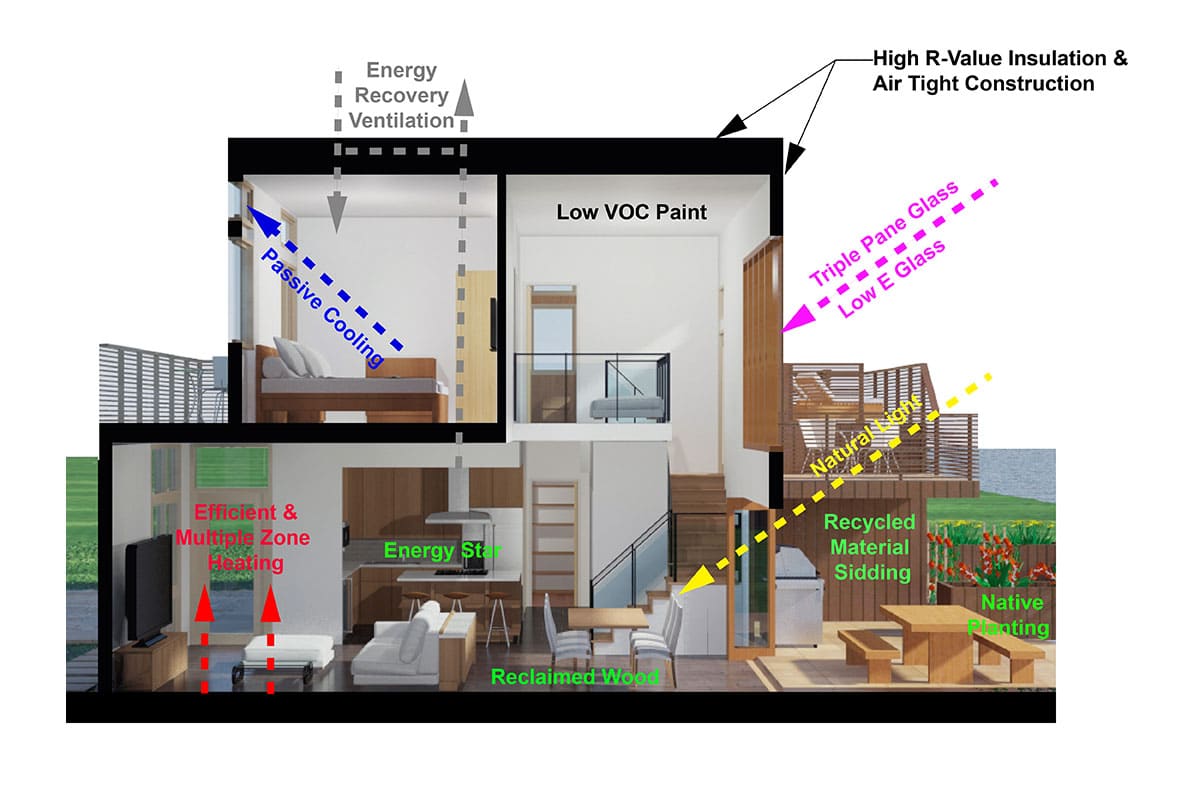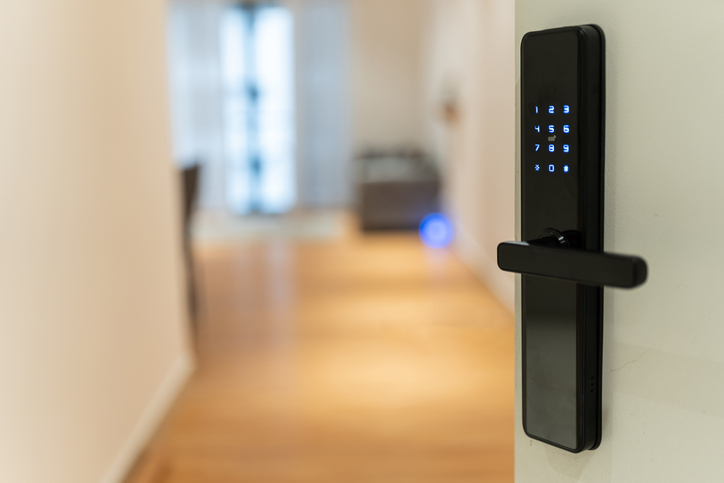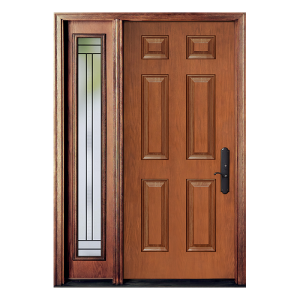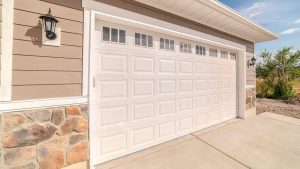Sliding doors not only enhance the aesthetic appeal of a home but also improve functionality by saving space and increasing natural light. However, they can encounter several issues due to regular use or structural failures. Understanding these common problems will help you maintain your sliding doors effectively.
Identifying Common Sliding Door Problems
Common Issues:
- Bent or Damaged Tracks: The door struggles to slide if the track is bent or damaged.
- Dirty or Rusted Rollers: Accumulated grime or rust can hinder door movement.
- Mismatched or Worn Wheels: Incorrect or worn wheels can cause the door to jump off its track.
- Broken or Faulty Locks: A malfunctioning lock compromises security.
- Misaligned Doors: Improper alignment can prevent the door from closing or opening smoothly.
Tools and Materials Needed
To address these issues, you will need some basic tools and materials:
- Screwdrivers (Phillips and flat-head)
- Pliers and a rubber mallet
- Vacuum cleaner with a brush attachment
- Lubricant (silicone-based is preferred)
- Replacement parts (rollers, locks, wheels)
- Safety goggles and gloves
Step-by-Step Guide to Fixing Bent or Damaged Tracks
Steps to Fix:
- Assess the Damage: Examine the track closely to determine the extent of the damage.
- Straighten the Track: Use pliers for minor bends or a rubber mallet for more severe adjustments.
- Replace if Necessary: If the track is too damaged, replace it with a new one following the manufacturer’s instructions.
Cleaning and Repairing Rollers
Dirty or rusted rollers can severely affect the functionality of sliding doors.
Cleaning Steps:
- Remove the Door: Carefully lift the sliding door off its track.
- Clean the Rollers: Use a click here to investigate vacuum to remove larger debris, then wipe the rollers with a damp cloth.
- Lubricate: Apply a silicone-based lubricant to ensure smooth operation.
Repairing Steps:
- Identify Damaged Rollers: Check for cracks or excessive wear.
- Replace Rollers: Unscrew the old rollers and install new ones, adjusting them to the correct height.
Adjusting or Replacing Wheels
Mismatched or worn wheels can cause the door to operate improperly.
Adjustment Procedure:
- Locate Adjustment Screws: These are usually found at the bottom of the door.
- Adjust the Wheels: Turn the screws clockwise to raise the door or counterclockwise to lower it.
- Test the Door: Slide the door back and forth to ensure it moves smoothly.
Fixing Broken or Faulty Locks
Security is a major concern with faulty door locks.
Repair Steps:
- Diagnose the Issue: Determine if the problem is with the lock mechanism or alignment.
- Realign or Replace: Adjust the lock alignment or replace the lock if necessary.
Realigning Misaligned Doors
A misaligned door can drag or not close properly.
Realignment Steps:
- Remove and Reinstall the Door: Take the door off the track and reinstall it, ensuring it is level.
- Adjust Rollers: Use the adjustment screws to fine-tune the door’s position.
Preventive Maintenance Tips
Regular maintenance can extend the life of your sliding doors.
- Regular Cleaning: Keep the tracks and rollers free of debris.
- Lubrication: Regularly apply silicone lubricant to keep the door sliding smoothly.
- Check for Wear: Inspect the tracks and rollers periodically for signs of wear and tear.
When to Call a Professional
While many sliding door issues can be handled DIY, some situations require professional assistance.
Reasons to Hire a Professional:
- Severe Damage: Extensive track or frame damage.
- Security Concerns: Advanced lock mechanisms needing professional skills.
- Warranty Preservation: Some repairs might require a professional to keep the warranty valid.


Hello! I’m Tyler Glasheen, your go-to expert at PaneCrafters for all things related to window and door installations. With over 15 years of experience in the industry, I’ve dedicated my career to mastering the art of fitting, upgrading, and maintaining windows and doors for both residential and commercial spaces.




